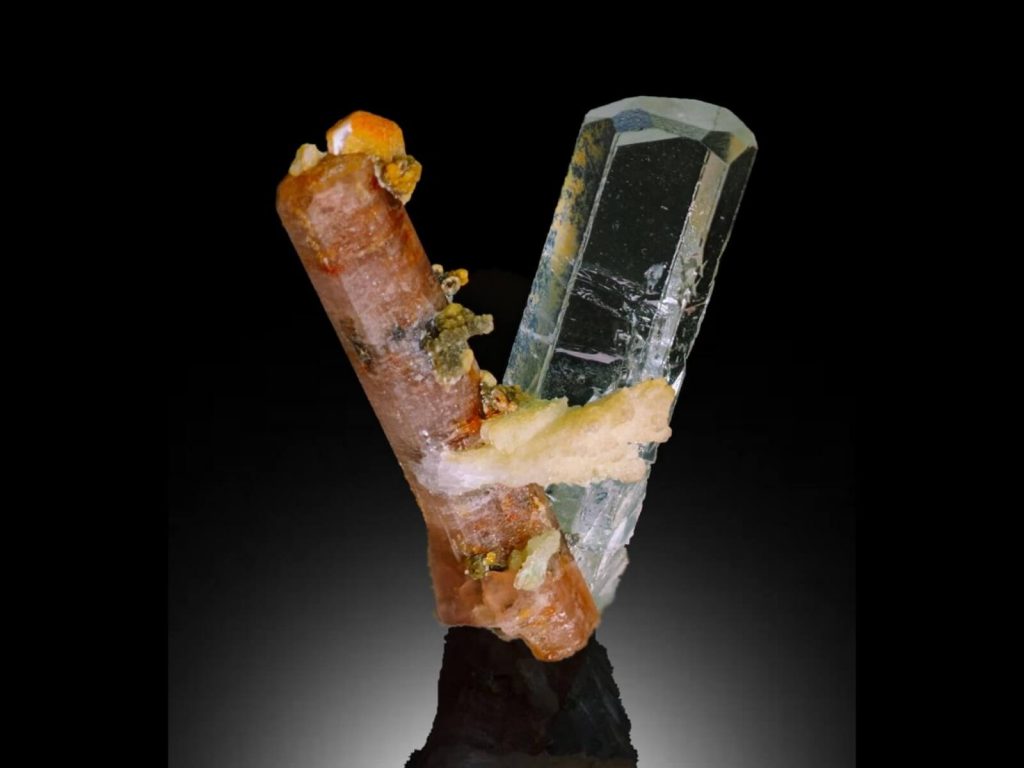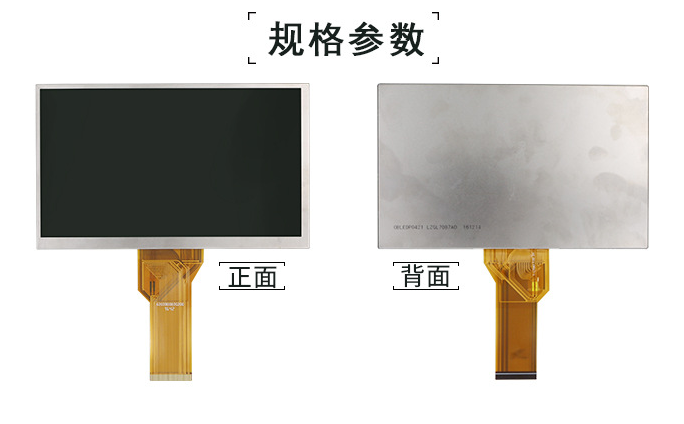Decoding the Secrets: How to Determine if a Stone is a Mineral

Stones and minerals have fascinated humans for centuries. From their aesthetic appeal to their scientific significance, these natural wonders hold a special place in our world. However, not all stones are minerals. In this article, we will delve into the intricacies of identifying minerals from stones, exploring various techniques and characteristics that can help you distinguish between the two.
- Understanding the Composition:
To determine if a stone is a mineral, it is crucial to understand the composition of minerals. Minerals are naturally occurring, inorganic solids with a specific chemical formula and a crystalline structure. They are formed through geological processes over millions of years. Stones, on the other hand, can be composed of minerals, rocks, or even organic materials. - Visual Examination:
Visual examination is often the first step in identifying minerals. While stones can come in various shapes and sizes, minerals tend to exhibit distinct physical properties. Look for crystal formations, such as flat surfaces or geometric shapes, which are indicative of minerals. Additionally, observe the color, luster, and transparency of the stone. Minerals often display unique colors and can range from transparent to opaque. - Hardness Test:
One of the most reliable methods to differentiate minerals from stones is the hardness test. Minerals have a specific hardness based on the Mohs scale, which measures their resistance to scratching. By using various tools, such as a fingernail, a copper penny, or a glass plate, you can determine the hardness of the stone. If the stone can be scratched easily, it is likely not a mineral. - Streak Test:
The streak test involves rubbing the stone against an unglazed porcelain plate to observe the color of the streak left behind. Minerals often have a characteristic streak color that differs from the stone's external color. For example, a stone with a red external color may leave a white streak if it contains a mineral like quartz. This test can provide valuable insights into the mineral content of a stone. - Chemical Analysis:
For a more precise identification, chemical analysis can be conducted. This involves using specialized equipment, such as X-ray diffraction or spectroscopy, to analyze the stone's elemental composition. By comparing the results with known mineral compositions, you can determine if the stone contains minerals or not. However, this method may require access to a laboratory or professional assistance.
Conclusion:
Distinguishing between stones and minerals can be a fascinating yet challenging task. By employing a combination of visual examination, hardness and streak tests, and, if necessary, chemical analysis, you can determine if a stone is a mineral. Remember, each method has its limitations, and it is often best to consult with experts or reference reliable sources to ensure accurate identification. So, the next time you stumble upon a captivating stone, you will have the tools to unravel its mineralogical secrets.


